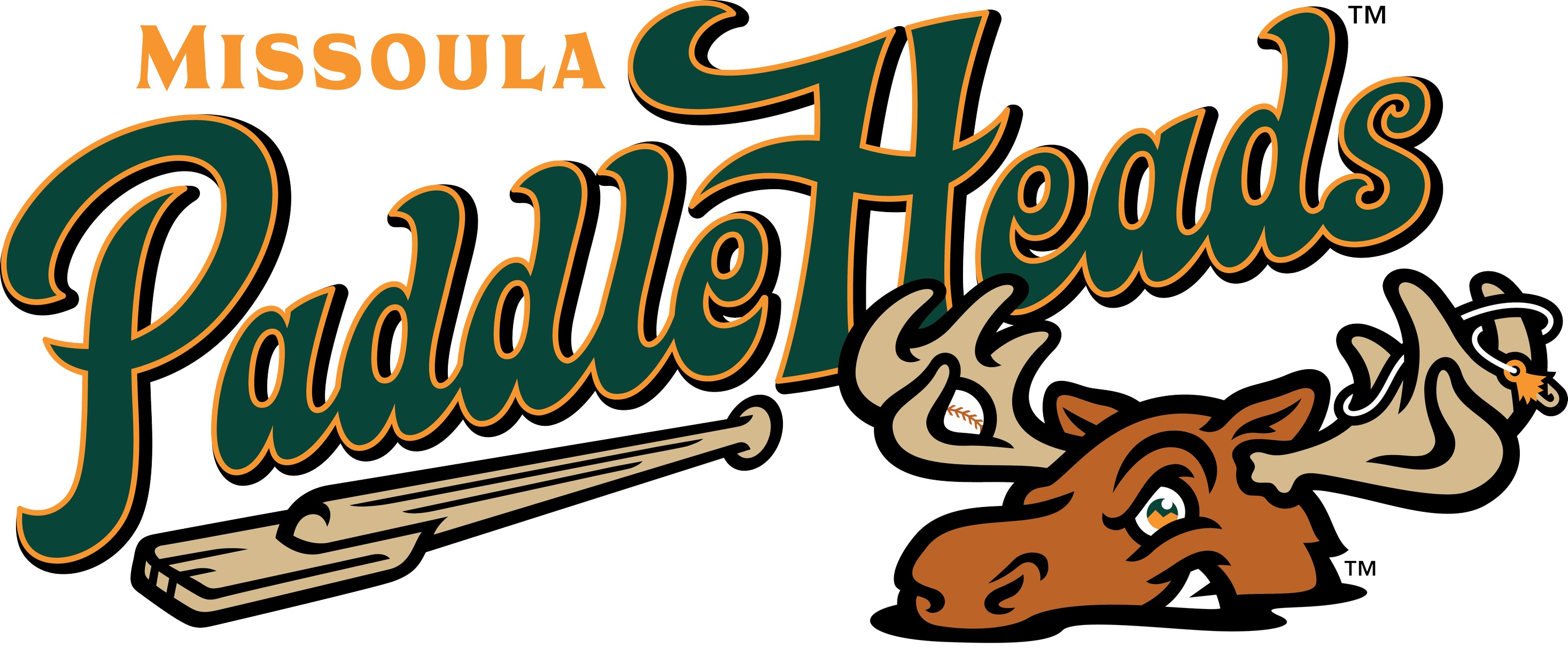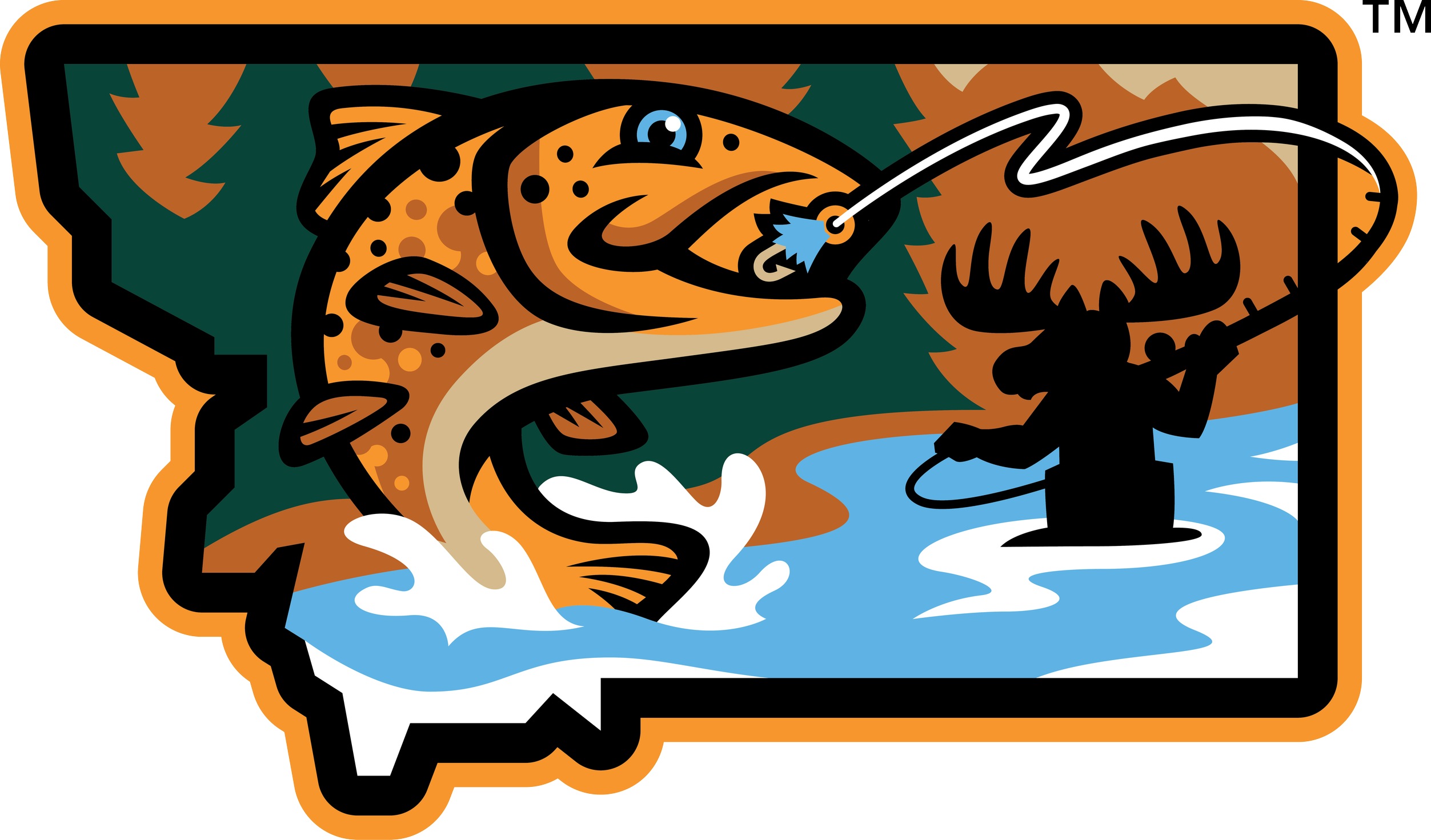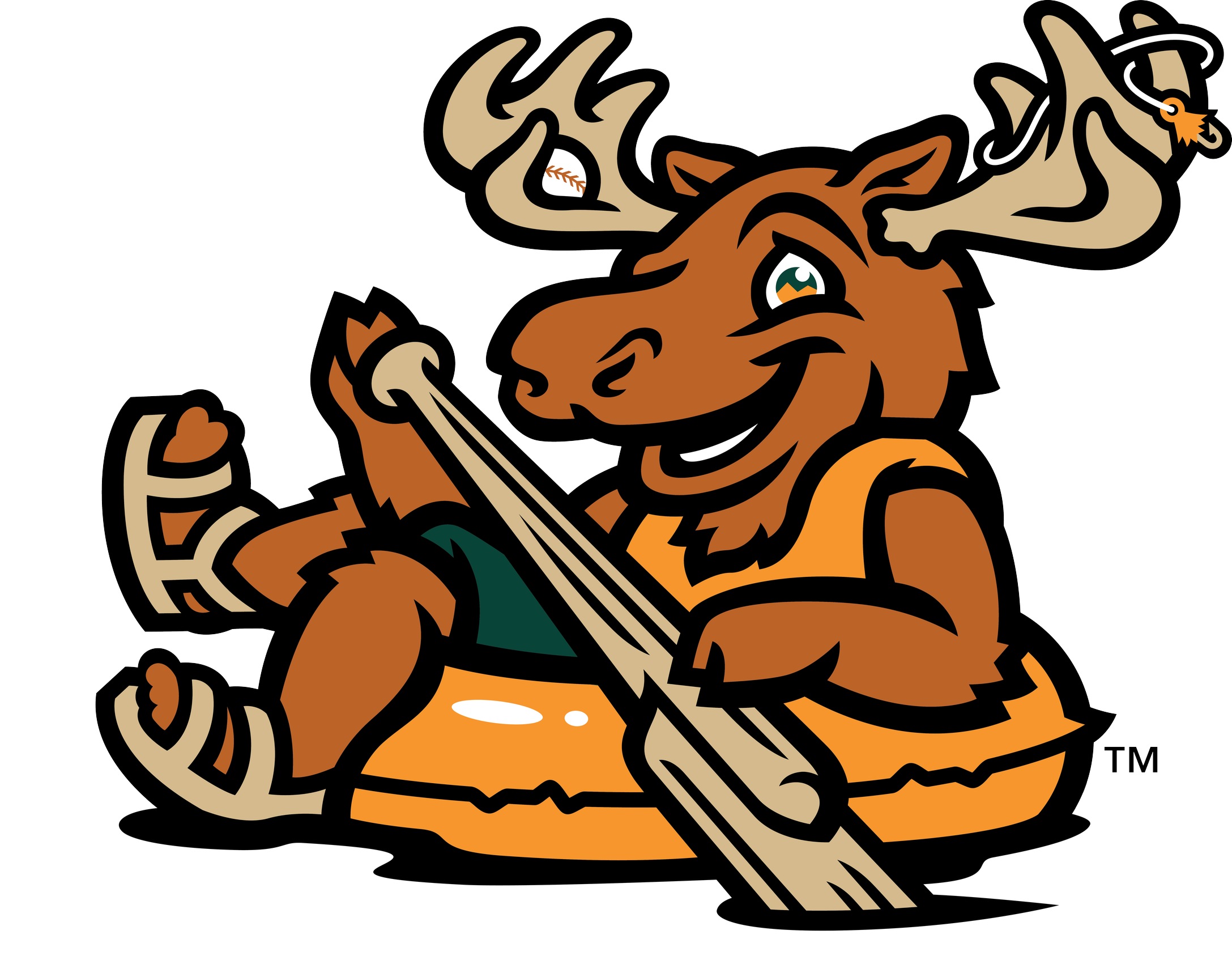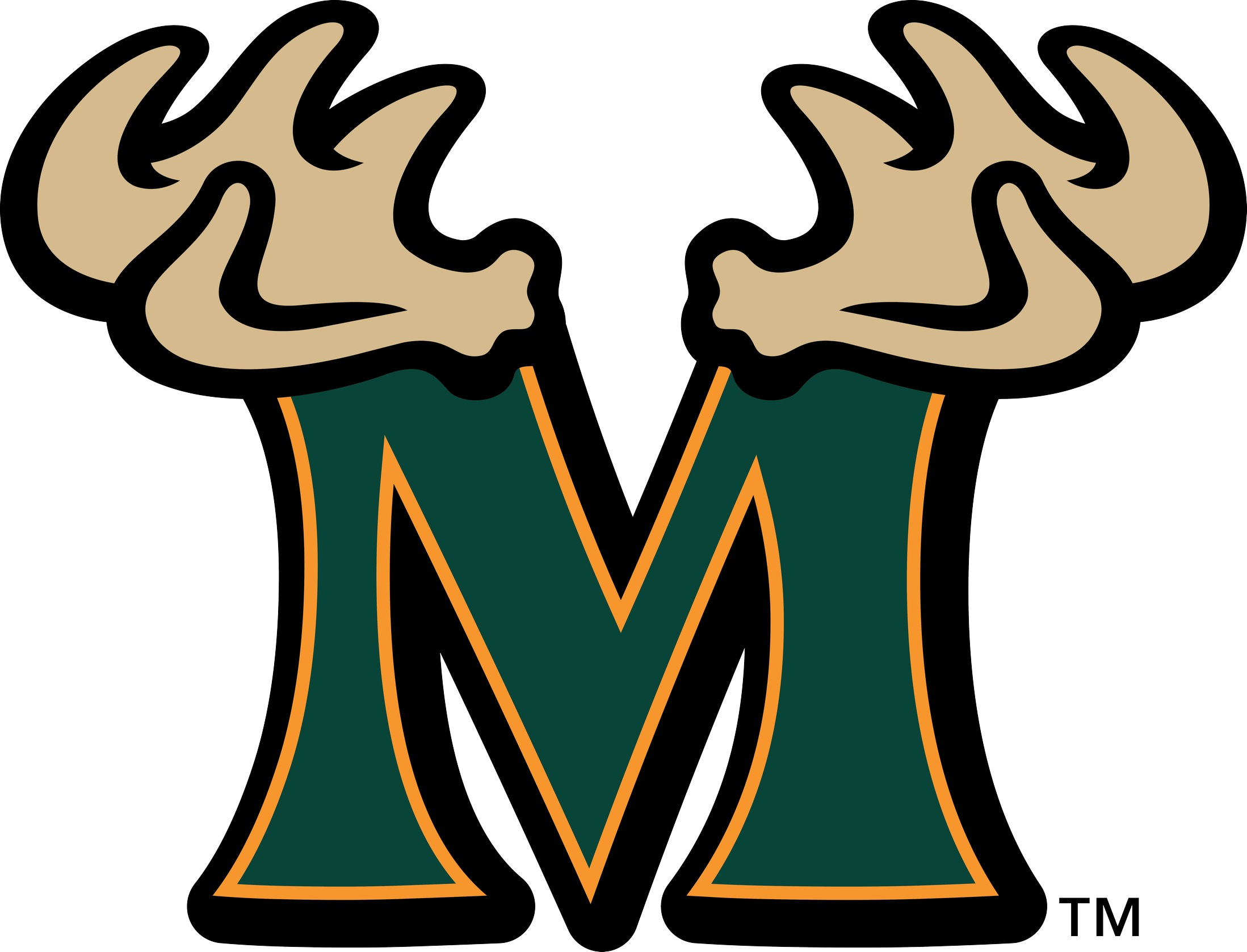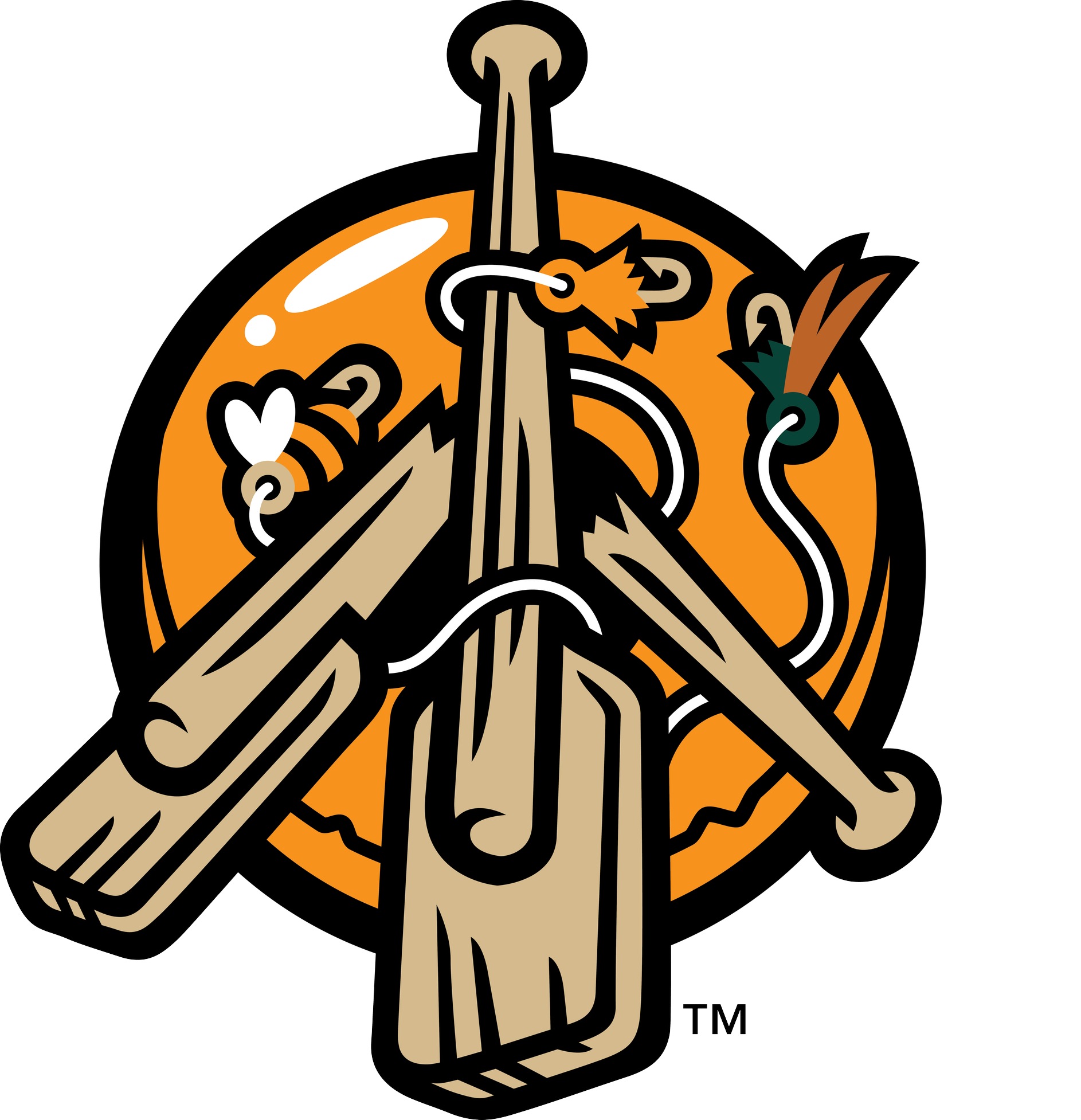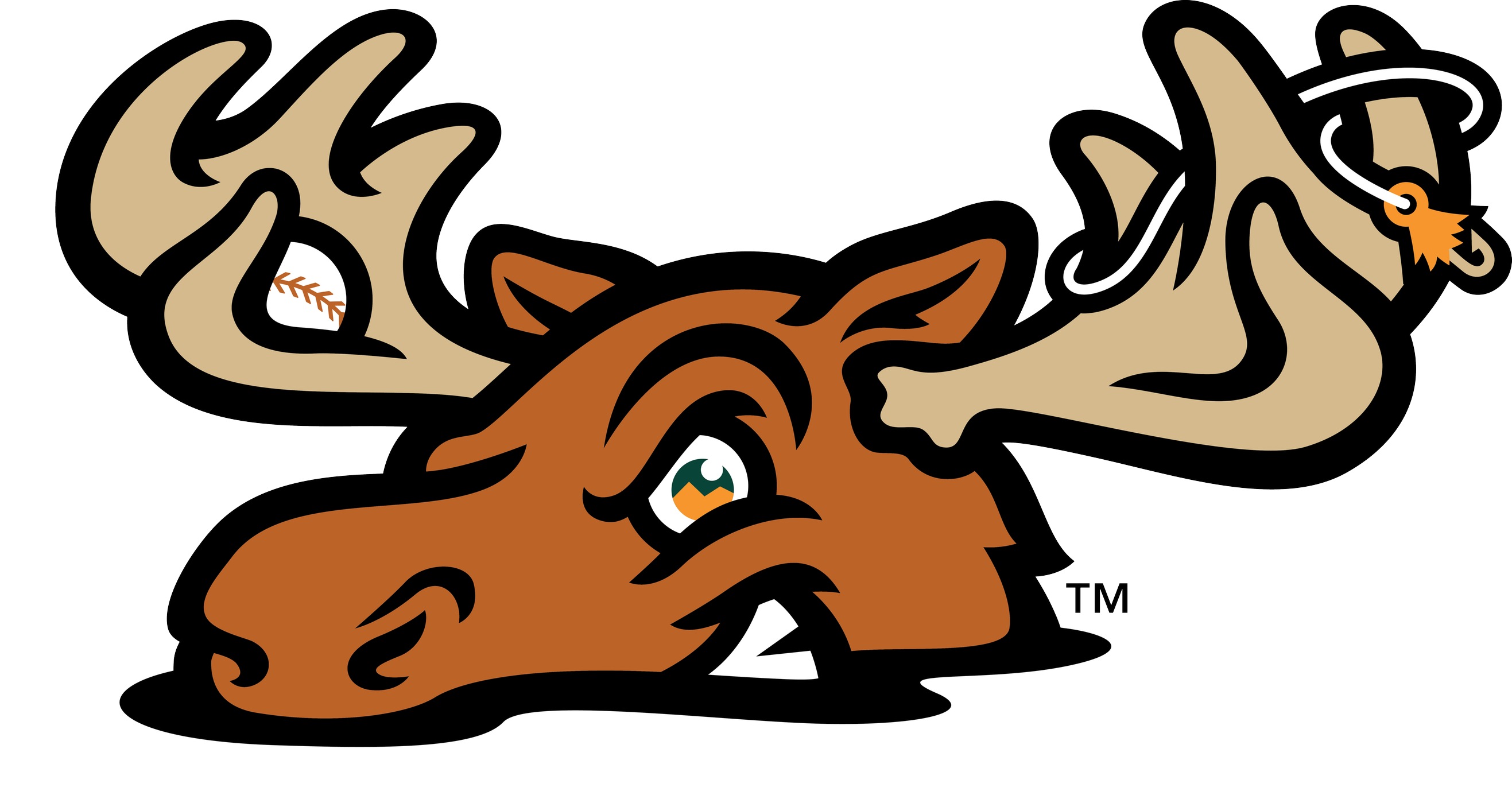
Fred Klages: A Baseball Life
Fred Klages, the father of Kim Klages Johns, the Senior Director of Sales and Retail for the Missoula PaddleHeads, passed away on March 30th. The Pioneer League, with whom Kim won the 2021 Executive of the Year, is saddened by his passing and sends Kim and her family our most sincere condolences.
But there is more to Kim's loss than a family heartbreak, because the story of Fred Klages is a celebration of a baseball life well-lived.
Fred was a star athlete football, basketball, and baseball star at Ambridge High School in Ambridge, Pennsylvania. Though highly recruited in football, receiving 33 college scholarship football offers as a fullback and end, his pitching talent caught the eyes of pro baseball scouts when he led the American Legion team to the state American Legion baseball title in 1961.
The Chicago White Sox offered Fred a professional baseball contract and he decided to forgo his scholarship offers to sign with the White Sox in 1962. Fred joined the White Sox system and started his pro career with the Harlan Smokies in the Appalachian League in 1962. After a rough start in Harlan, Fred was assigned to the Clinton CSox of the Midwest League for the 1963 season. Fred, considered one of the hardest throwers in the White Sox organization with his near 100mph fastball, started to shine with Clinton as he ended the season with a 9-7 record and 3.59 ERA.
The White Sox started to accelerate his development in 1965, realizing he was a true Major League prospect. Fred got his first taste of the higher-level AA with the Lynchburg White Sox of the Southern League, and he shined winning 13 games with a 2.85 ERA over 27 games.
During this time in his career, Fred would travel to foreign countries and play "Winter Ball" to earn money and make ends meet during the off season. Totally alien to today's ballplayers, Fred pitched for most of the calendar year since players just were not compensated like they are today, especially, minor league guys.
He earned a late season call up to the Major League Chicago White Sox on September 11, 1966,at the age of 22, making his Major League debut that day starting the game versus the Washington Senators in Chicago's Comiskey Park. Fred was spectacular as he went 5 innings only allowing 2 hits and one run. His performance was good enough to earn him his first career victory as the White Sox won the game 4-1. Fred had to wait two weeks for his next opportunity in the big leagues, ironically, against the same Washington Senators, but this time in D.C. Stadium in Washington D.C. Fred was even better than in his debut going 5 and 1/3 innings allowing only 2 hits and one unearned run. Unfortunately, he was pulled with the game tied 1-1 and the White Sox ended up losing in 11 innings 2-1.
In 1967, Fred started the season back in AAA Indianapolis. The Chicago White Sox were in pennant contention for the entire season in '67. On June 14th, with the White Sox leading the American League by 1 game over the Detroit Tigers, Fred was called up and inserted into the thick of a pennant race. He started the 2nd game of a doubleheader against the Boston Red Sox in Fenway Park, solid again over 5 innings, allowing only 2 runs, but took the loss as his White Sox mates could only get one run across the plate in an eventual 6-1 defeat.
Fred was sent down to Indianapolis for almost two months of more seasoning before getting the return call to the major league team on August 9th. The White Sox were still holding onto 1st place in the American League by 1.5 games over the Boston Red Sox. Fred made his return at Tiger Stadium against the Detroit Tigers who were only 2 games back of the White Sox, doing his job again by holding the Tigers to only 2 runs on 4 hits over 5 innings. However, the White Sox struggled against Tigers star starting pitcher Earl Wilson and Fred took the loss in a 4-2 game.
Fred stuck with the big club after the Tigers game and jumped with two feet into the pennant race. After a one inning scoreless relief outing against the Minnesota Twins, Fred was inserted into the starting rotation and made six starts for the White Sox. He was 3-1 over his next four starts with a 2.58 ERA and thereby, making a huge impact on the White Sox post season chances.
Following his winning scoreless six inning start against the Senators on August 30th, the White Sox were only 2.5 games back of the Boston Red Sox for first. He was also used in relief in a key win against the California Angels on September 6th coming into a tie game in the 11th and pitched two scoreless innings for the win as the White Sox won the game in the 12th on a Ken Berry RBI double. The win propelled the White Sox into a four-way tie for 1st place in the American League with the Twins, Red Sox, and Tigers.
Unfortunately, as the calendar turned from August to September, Fred experienced some discomfort in his throwing shoulder. The discomfort affected his performance in his next two starts which were both cut short. The discomfort was due to a rotator cuff injury and the White Sox shut him down after his September 11th appearance against the Baltimore Orioles when he gave up a 2-run homerun to Hall of Famer Frank Robinson in the 1st inning.
That would be his final appearance in the major leagues at the age of 23.
Interestingly, Fred gave up only 6 homeruns in his Major League career, all in 1967. Of the six, three of them were given up to future Hall of Famers: Al Kaline of the Tigers and Frank Robinson of the Orioles and the Red Sox Carl Yastrzemski. During Fred's start on August 27th, "Yaz" hit a solo homerun in the top of the 5th for his 34th homerun of the season.
With today's medicine, Fred's injury would have been properly corrected and healed. Being only 23 years old, Fred would, most likely, have made a full recovery and regained his near 100 mph fastball and big-league stuff. Unfortunately, the medical science for arm injuries was just not advanced enough in that era. In fact, the Tommy John elbow surgery hadn't even been invented yet as Tommy John was, ironically, Fred's teammate and fellow starting pitcher for the White Sox.
As a result, Fred's rehabilitation was mostly time off and rest. The harsh culture of the time was to 'grin and bear it' or be replaced.
Afterwards, Fred's arm trouble torpedoed his trademark velocity and electric stuff. He returned for the White Sox in 1968 but was sent to the minor leagues with the AAA Hawaii Islanders of the Pacific Coast League and then in 1969 to the Tucson Toros also of the AAA Pacific Coast League as he tried to get healthy and back to where he was throwing before the arm trouble began. Midway through the 1969 season with Tucson, Fred was traded by the White Sox to the Washington Senators who were managed by Hall of Fame great Ted Williams.
Williams was familiar with Fred and his past baseball success. Fred considered Williams a friend. Williams hoped the fresh start would help Fred regain some of his magic. Fred was assigned to the AAA Buffalo Bisons of the International League where he continued to struggle due to his arm issues. Fred then went to the Mexican League to finish the 1969 year with the Broncos de Reynosa. Two quality starts in Reynosa earned him an invite to the Washington Senators Spring Training in 1970, but he was released before the season began as he never was able to get his arm back to full strength.
Fred Klages reached the pinnacle of the game, making the Major Leagues in an era of only 20 Major League teams (there are 30 today). He played parts of two seasons in the big leaguesgoing a respectable 5-4 in 14 games (12 starts) with an ERA of only 3.28 for his career of over 60+ innings. He only allowed 52 hits over those 60+ innings and had an impressive WHIP of 1.24. And, he did all of this as a 22- and 23-year-old in the throws and pressure of a pennant race for the American League title. In the end, Fred Klages and his magic arm from Ambridge, Pennsylvania did quite well for himself. A career and baseball story most people have only dreamed to accomplish.
